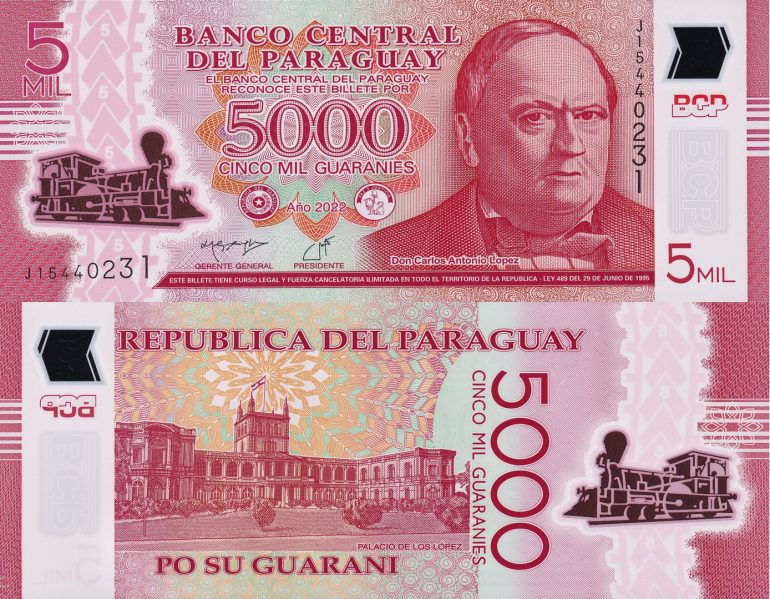Paraguay’s currency tells a story beyond its value. In the weekly series “Money Talks”, The Asunción Times takes readers on a journey through the nation’s banknotes. Each edition will explore a different bill, revealing the history, culture, and notable figures depicted on it. The series will also highlight the hidden details that make each note unique. From pioneers of education to national symbols, this series uncovers the stories woven into Paraguay’s money. This week: The story about Paraguay’s first constitutional president, and the 5,000 Guaraní note’s secrets.
After exploring the 2,000 Guaraní banknote, this edition of Money Talks turns to the 5,000 Guaraní banknote, which under a fluorescent light, shows something delicate on the surface of the note. A hidden tribute to Paraguay’s natural beauty. This small detail tells a larger story, but more about that further down this article.
Changing materials, preserving heritage
Paraguay’s 5,000-guaraní note is characterised by a red and multicolour underprint — tones that evoke energy and progress, themes associated with the nation’s development. The front side features a portrait of Don Carlos Antonio López, Paraguay’s first president (1844–1862), alongside the national Coat of Arms and the Treasury emblem: a lion with a Phrygian cap and the inscription “Peace and Justice” (Paz y Justicia).
On the reverse, the López Palace (Palacio de los López) in Asunción appears — the workplace of the president and seat of government. This was Paraguay’s second polymer note, following the success of the durable 2,000-Guaraní issue.
But this design is not actually the original model. From 1995 to 2003, the banknote looked different. A simpler design printed on cotton paper, with a warmer orange-brown tone. Don Carlos Antonio López appeared on the right, the value to the left, and the López Palace on the reverse. While visually distinct, these earlier notes were far less durable than today’s polymer version.
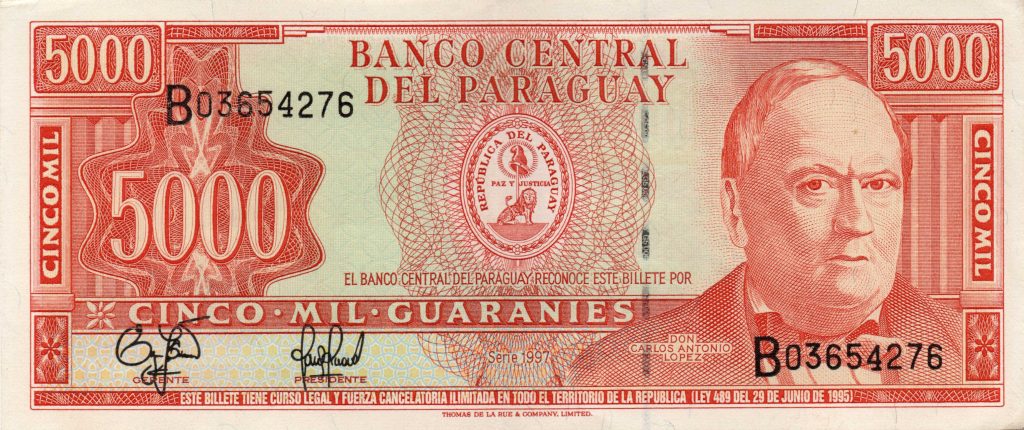
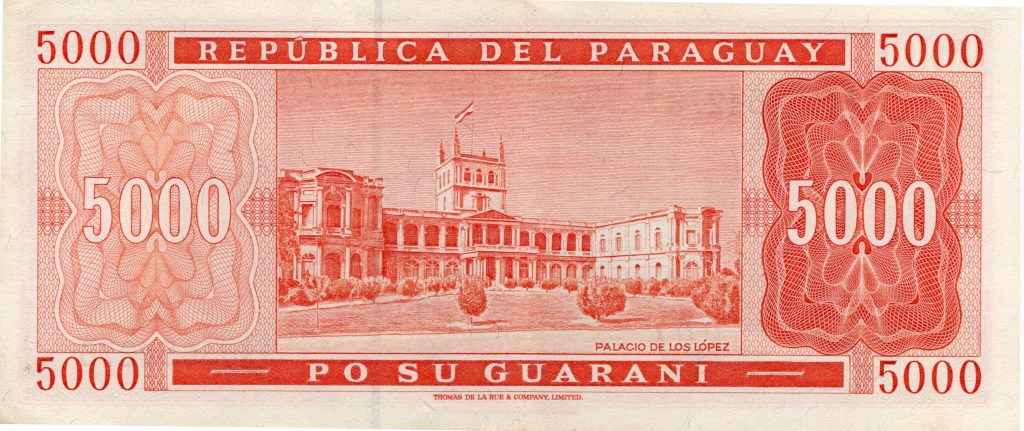
Paraguay’s first constitutional president
Born in 1792, Don Carlos Antonio López was Paraguay’s first constitutional president and one of the nation’s most influential leaders. López was educated at the Colegio de la Asunción, where he later taught Theology and Philosophy. He became a wealthy landowner, and initially focused on agriculture during the dictatorship of his uncle, José Gaspar Rodríguez de Francia.
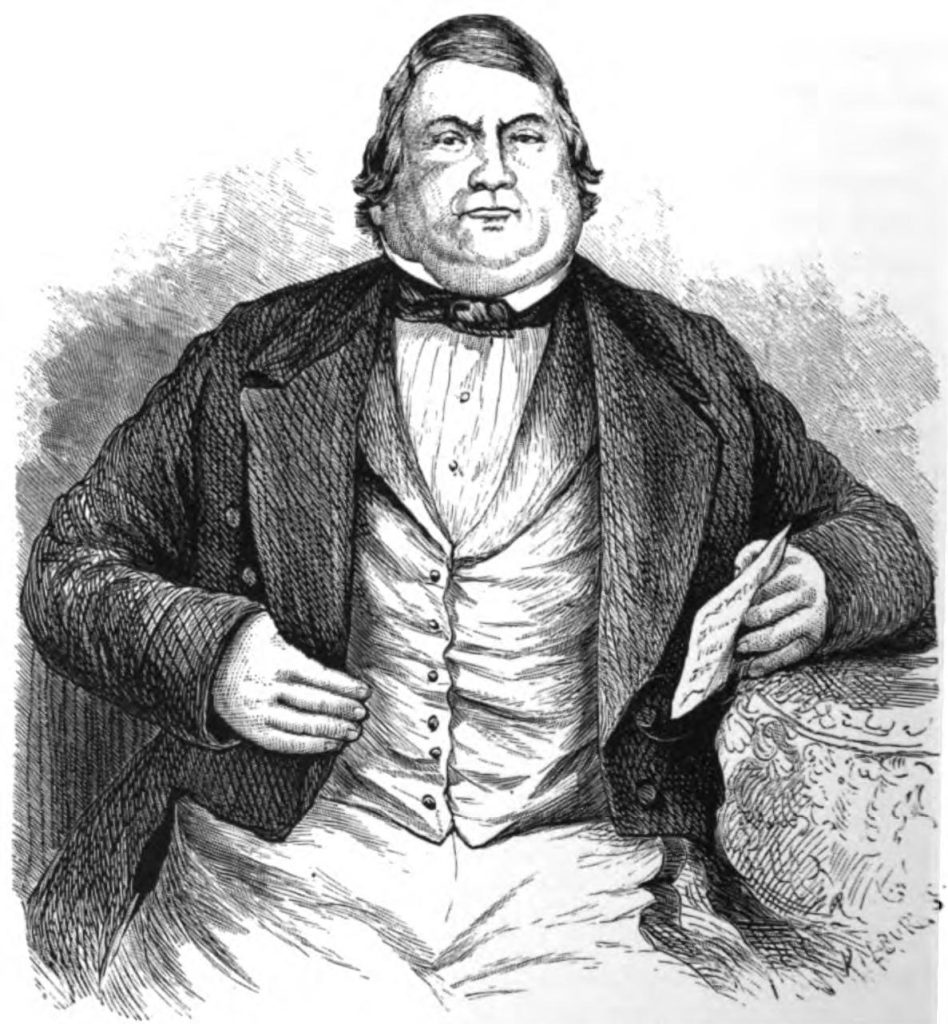
On 13 March 1844, Congress elected López as President of Paraguay. He was re-elected in 1854 and again in 1857 for a ten-year term. His government was described as having “built a civilisation in the heart of the jungle.” López distributed land to working families, granted loans, provided tools and livestock, and promoted agriculture, livestock breeding, and the exploitation of yerba mate, tobacco, and timber.
He strongly encouraged national industry, created a merchant fleet, and founded around 500 schools, along with institutes of arts and trades. He declared primary education free and compulsory, and founded the Schools of Mathematics, Drawing, Law, Philosophy, and Teacher Training.
His administration also oversaw Paraguay’s first railway and the Ybycuí iron foundry. It established factories producing ceramics, paper, and gunpowder, and introduced telegraph lines along with numerous public buildings.
López passed away on 10 September 1862 at the Presidential Residence, leaving behind what many considered the most progressive nation in South America at the time.
Lopez’ Palace of Government
Marshal Francisco Solano López, Carlos Antonio López’s first-born son, ordered the construction of the Palace of Government, seat of the Executive Power of the Nation, in 1865. He intended it to serve as his official residence. The construction aimed to capture the splendour and grandeur of the European courts — a stylistic movement spreading throughout Latin America at the time.
The palace got severely damaged during the Allied bombardments in the final days of 1868. In early 1869, the Brazilian flag was hoisted over it when the building became the headquarters of the Riograndense Cavalry, a unit from Brazil’s Rio Grande do Sul state.
The British engineer and architect Alonso Taylor supervised the palace’s design, completing and officially inaugurating it on 12 October 1892. Since then, it has stood as one of Asunción’s most iconic landmarks, as a symbol of Paraguay’s endurance and transformation.
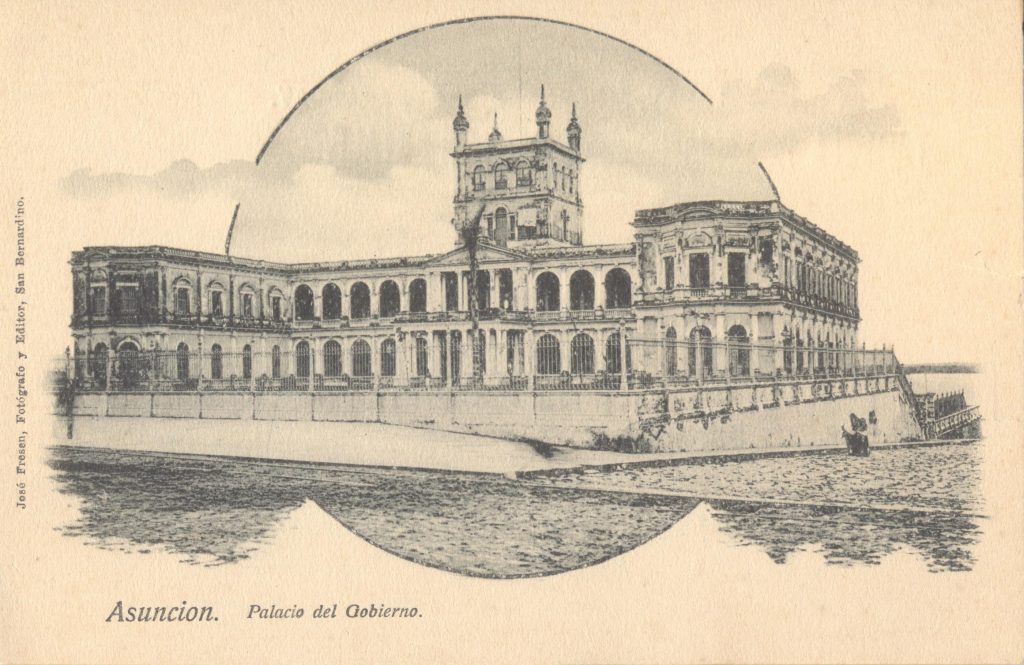
The 5,000 Guaraní note’s secrets under fluorescent light
When placed under a fluorescent light, the 5,000-guaraní note’s secrets gets revealed: a delicate flower motif — one of its hidden security features and a subtle homage to Paraguay’s biodiversity. Since the introduction of polymer notes, Paraguay’s currency has become significantly more durable and secure. The 5,000-guaraní banknote, like the man whose image it bears, tells a story of progress, resilience, and national pride.
If you missed the story of the 2,000 Guaraní note and its mix-up of Paraguay’s teaching pioneers, you can read it here before we embark on our next quest — to find out the story behind the 10,000-Guaraní banknote and its depiction of the Declaration of Independence.

